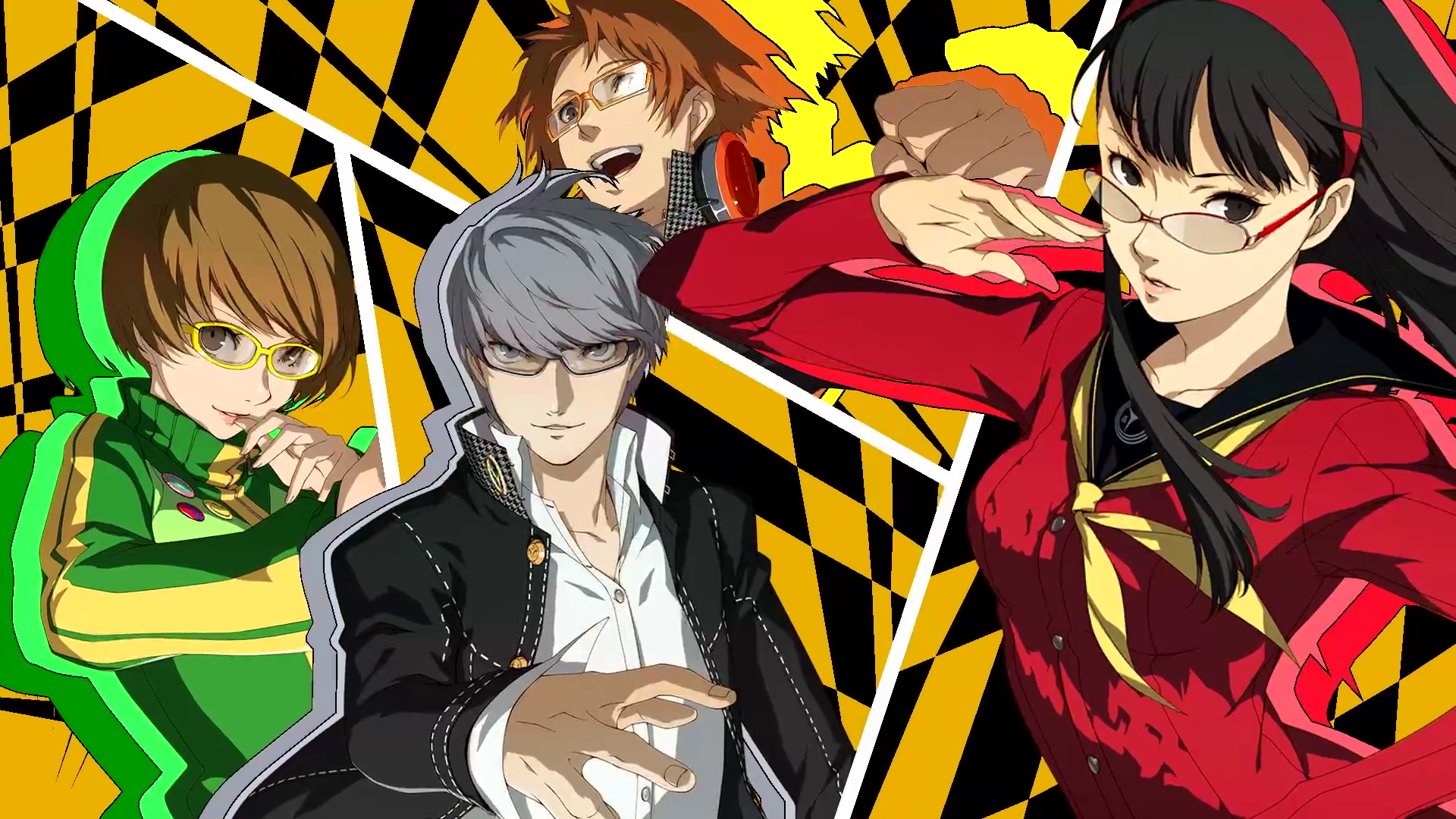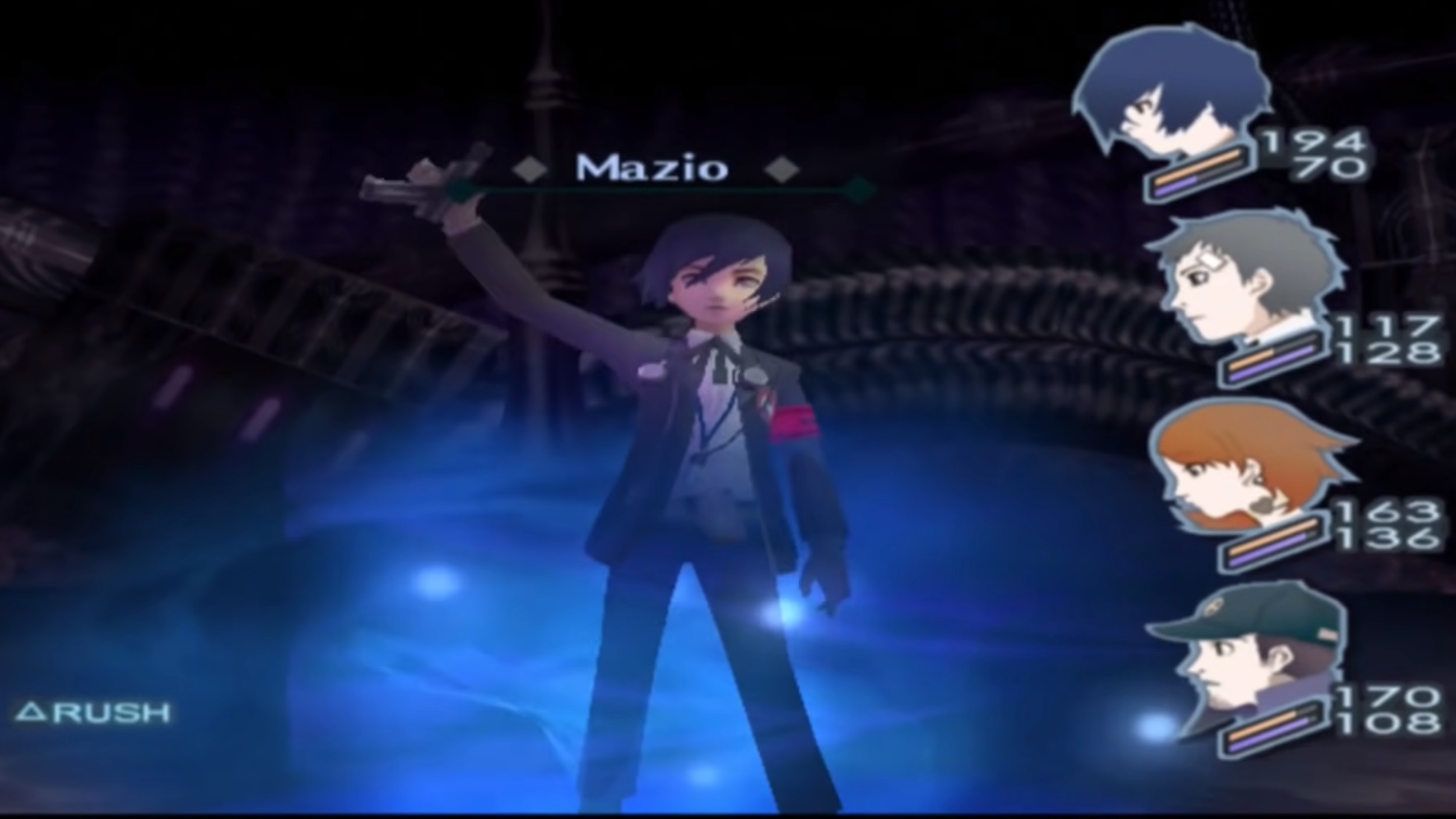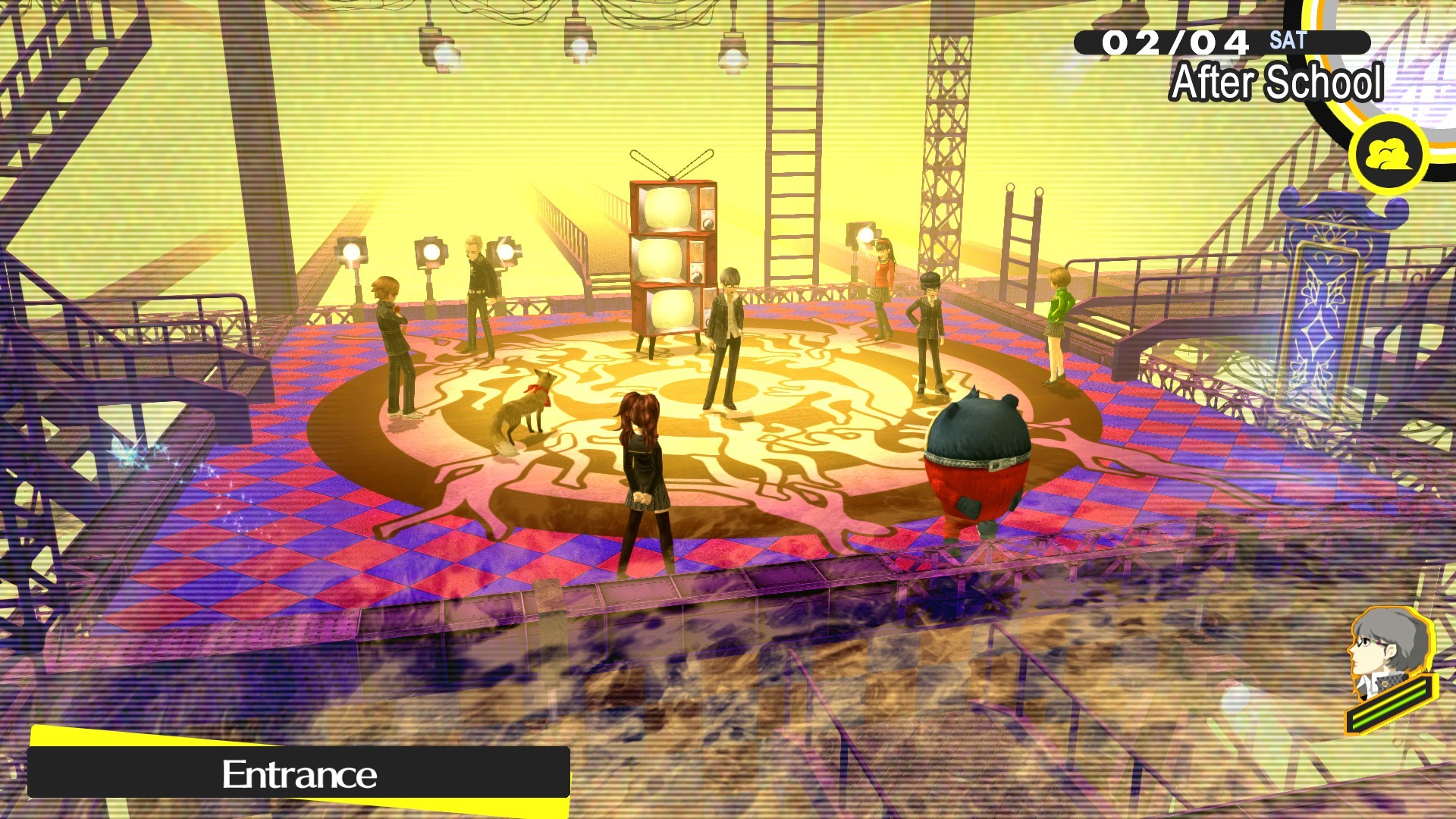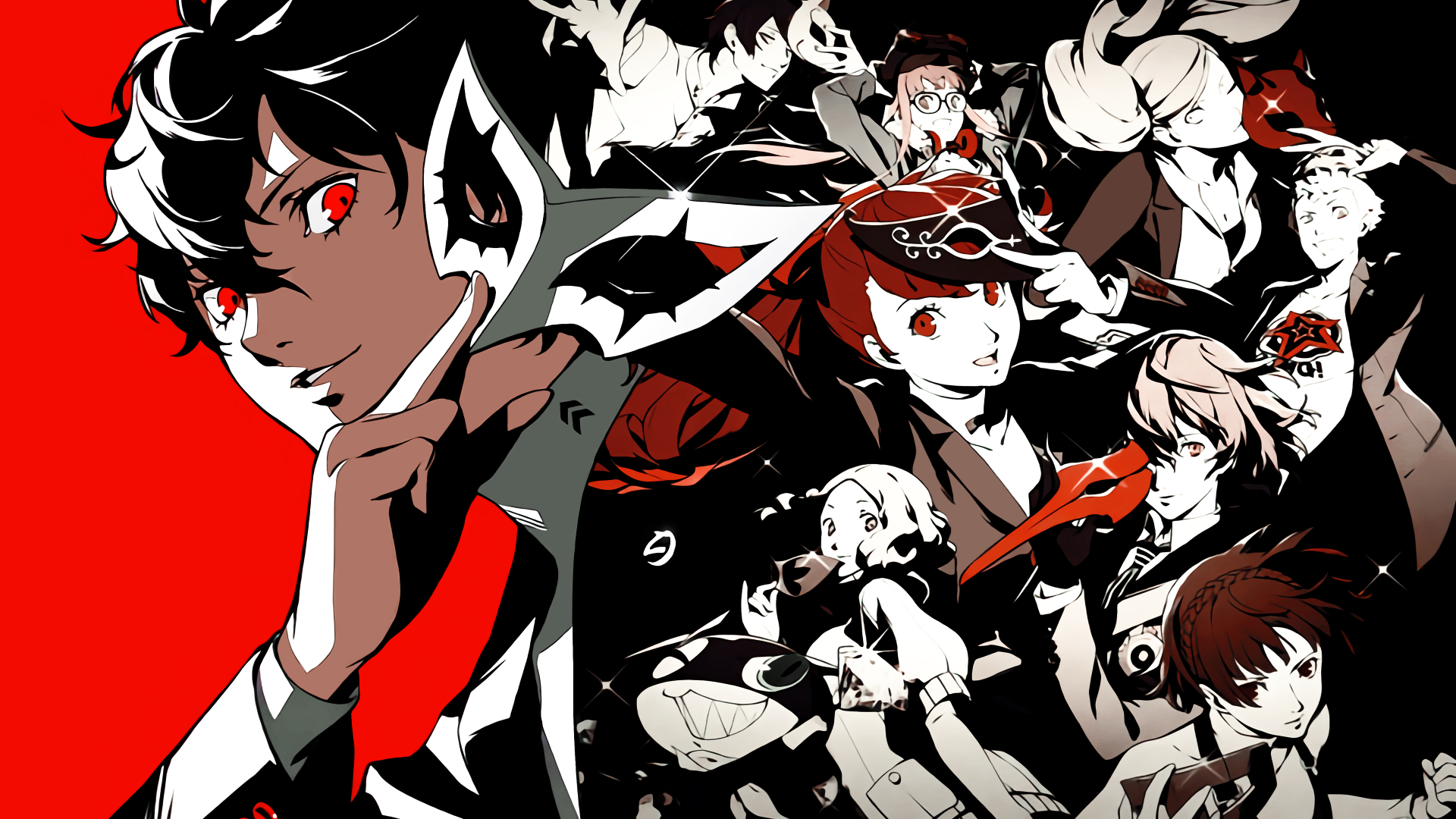Persona's journey from PS2 hidden treasure to global phenomenon
Mass destruction

2008 was an odd time to release a PlayStation 2 RPG. The next generation was already in full swing and in a year known for Dead Space, Metal Gear Solid 4, Fallout 3, and GTA 4, publisher Atlus offered something very different when Persona 4 launched on the increasingly obsolete PS2.
And the game suffered for its odd launch, only selling 110,000 copies in North America. Persona 4 missed Atlus’s modest sales targets, and UK stores were so keen to shift copies of the vibrant rural murder mystery they sold it on release day for the bargain price of £9.99 – including delivery.
This mistimed launch could have been the painful end of the Shin Megami Tensei spinoff, just as the development team was hitting its stride. Persona 4, despite its poor sales, was a leap forward on its predecessor, bringing snappy combat, absorbing storylines, charming characters and intriguing mindscape dungeons.
Persona, portable

Positive reviews and Japanese reception convinced Atlus it still had something good on its hands. Rather than pursue a risky effort to join the HD consoles, the series went handheld. Persona 3 Portable launched on the PSP in Japan in 2009 without sign of an international release. It wasn’t an easy port.
“When we started the project, we basically had no experience with PSP software development,” Persona 3 Portable director Mumon Usuda said in an interview for the Persona 3 Portable Official Fan Handbook (translated by Skyflyinginaction). “Accordingly, we had no idea how much development would cost – we figured we’d just have to give it a shot and work from there. So, it ended up being more of an undertaking than we had initially imagined.”
“Basically no part of Persona 3 was used as-is,” another director, Azusa Kido, said in the same interview.
Perhaps to recoup costs for its troubled development, Persona 3 Portable got its chance internationally in 2010 (2011 in Europe). The game received its usual critical acclaim, which respectable sales accompanied this time – overshadowed by the unexpected popularity of another budding phenomenon, FromSoftware’s Demon's Souls.
Get daily insight, inspiration and deals in your inbox
Sign up for breaking news, reviews, opinion, top tech deals, and more.
Time to make history

When Persona 4 Golden, another expanded handheld port, was released on the new PS Vita internationally, it didn’t cut corners to meet technical constraints like Persona 3 Portable. Visual improvements, refined gameplay, and added content made it the best version of the game.
Persona 4 Golden didn’t arrive on its own, however. Following Square Enix’s lead, who released a Final Fantasy fighting game spin-off, Atlus brought Persona 3 and Persona 4’s popular casts to a polished fighting game called Persona 4 Arena. 2012 also saw a new anime, lavish live concerts at the Tokyo International Forum (led by series composer Shoji Meguro and his trademark Stratocaster), artbooks, and even a stage show. It was a confident multimedia blitz declaring the Persona franchise was a force to be reckoned with.
And when the dust settled, it really was. With Persona 4 Golden topping the console’s sales charts and reaching 700,000 units shipped by the end of 2013, the series finally connected with the wider audience Atlus worked so hard to reach. Senior Managing Director Noata Hirata later told Famitsu Persona 3 defined the series’ style and direction, but it was Persona 4 Golden that gave an overdue understanding of the importance of platform and timing.
From 2012 onwards, each year until Persona 5’s 2016 release saw a new unexpected spinoff. Rhythm games and Nintendo 3DS dungeon crawlers continued to stretch the series’ boundaries while embracing fans’ affection for series’ favorites.
Reach out to the truth

Comfortably Atlus’s most successful series, Persona’s sales passed 15 million in 2021 and that will only climb higher with the recently released ports of the series’ best games. Atlus’s success today owes a debt to strategies used by the book publishing industry. Their stream of wildly diverse games across platforms resembled how book publishers cram portfolios with “midlist” authors aimed to maximize the odds of a breakout bestseller.
Visit a bookstore, you’ll see shelves heaving with novels by authors you’ve never heard of. Many of these books pass unnoticed, with their murky covers and ominous titles you’ll never read yourself, see in a commuter’s hands, or hear of a Hollywood adaptation. This is the midlist. Why predict the next hit when you can anticipate it by covering every angle with a broad spread of low-risk, low-margin products?
Persona wasn’t the only Shin Megami Tensei spinoff after all, it’s just the one that made it big. The first Persona came out in 1996, other forgotten spin-offs include 1992’s Revelations: The Demon Slayer, 1994’s Majin Tensei strategy game and 1995’s Devil Summoner (dormant since 2008 until its revival in Soul Hackers 2 last year). Beyond Shin Megami Tensei, Etrian Odyssey, Trauma Center and Vanillaware games were complemented by an overwhelming stream of mobile games.
These releases, with often modest budgets, formed the backbone of Atlus’ “perennial-sellers” book publishing depends on. Designed to break even at numbers that seem tiny by modern standards (Persona 4 in North America only needed to hit 150,000 to be considered a success), you keep the show on the road and can take risks laying the groundwork for the “surprise bestseller” of the publisher's dreams. Even once Atlus noticed the franchise showed international promise, It’s hard to imagine Persona 4 Golden’s determined campaign without Atlus’s stable of games keeping the lights on.
Never more
Persona’s meteoric success since 2016 meant this approach had outlived its purpose. This shift in focus from Japanese consoles to global multiplatform releases reinvented Atlus into a major publisher.
Lifted by Persona’s success, games like Shin Megami Tensei 5 and Vanillaware’s latest games now target production values and sales completely alien to the PS2 days. The midlist has no place at modern Atlus. Book publishing today is a struggling industry, but Atlus used, then outgrew, its tools to become the hit blockbuster machine we know today.